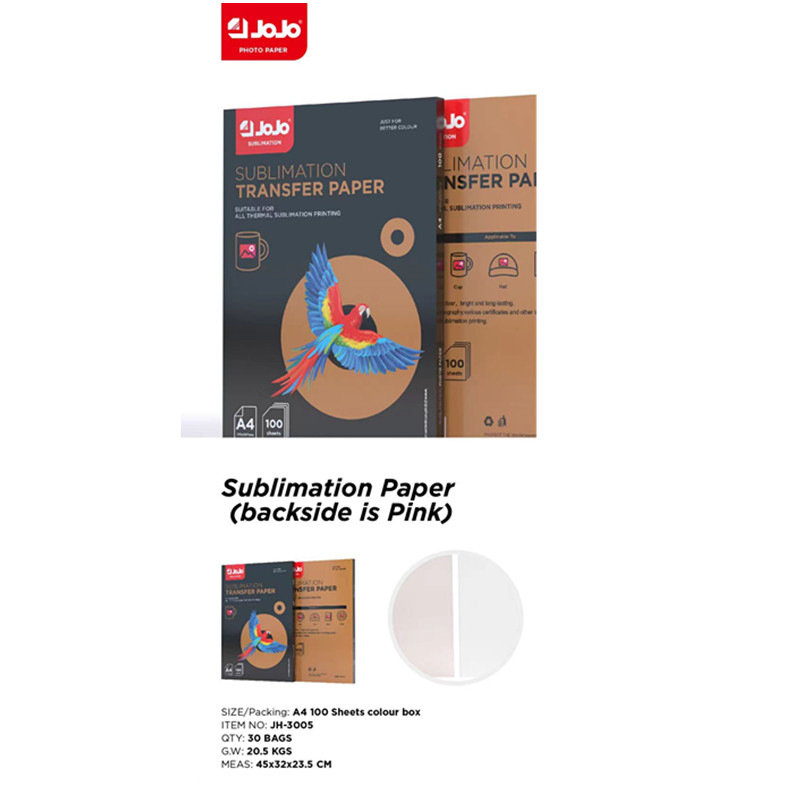If you need any help, please feel free to contact us
Shelf Life And Storage Conditions Of Inkjet Papers
Inkjet printing has become a widely used method for producing high-quality images and documents, with a variety of specialized papers available to meet different needs. Understanding the shelf life and storage conditions of inkjet papers is essential to maintain their performance and to achieve consistent print quality. This article explores key factors that affect the longevity of inkjet papers, including types like yellow thermal paper, self adhesive glossy photo paper A4, and PVC photo paper, and offers guidance on proper storage to preserve these materials.

Types of Inkjet Papers and Their Characteristics
Inkjet papers come in many forms, each designed for specific applications. For example, yellow thermal paper is typically used for receipts or other thermal printing processes, but it is important to note that thermal paper is sensitive to heat and light, which can impact its shelf life. Although not a typical inkjet paper, yellow thermal paper’s storage considerations can overlap with inkjet media in environments where multiple paper types are used.
Self adhesive glossy photo paper A4 is a popular choice for printing high-resolution images with the added convenience of adhesive backing, allowing prints to be easily applied to various surfaces. The glossy coating helps ink to dry quickly and enhances color vibrancy. However, the adhesive layer and glossy finish make this paper sensitive to humidity and temperature changes, which can cause warping or loss of stickiness if stored improperly.
PVC photo paper, on the other hand, combines plastic durability with printable surfaces suited for inkjet printing. It is often used for applications requiring water resistance and flexibility. The PVC base offers a longer physical life compared to traditional paper, but improper storage can still advance to issues like curling or degradation of the printable coating.
Factors Affecting Shelf Life
Several environmental and handling factors influence the shelf life of inkjet papers:
Humidity: Paper is hygroscopic, meaning it absorbs moisture from the air. High humidity can cause papers such as self adhesive glossy photo paper A4 to curl, stick together, or develop surface irregularities. Conversely, very low humidity can dry out the paper, making it brittle and prone to cracking during printing or handling.
Temperature: Elevated temperatures accelerate chemical reactions that may degrade paper coatings and adhesives. For example, yellow thermal paper can darken or lose its thermal sensitivity if stored in hot conditions. Similarly, PVC photo paper may experience changes in flexibility or coating adhesion when exposed to temperature bad.
Light Exposure: UV light can cause fading and discoloration of photo papers. Even storage under fluorescent lights can have long-term effects. Yellow thermal paper is especially sensitive to light, as it relies on a heat-sensitive dye layer that can prematurely darken with light exposure.
Air Quality: Exposure to pollutants or acidic environments can advance to chemical degradation of paper fibers and coatings. This is relevant when papers are stored near industrial equipment or in areas with poor ventilation.
Physical Handling: Mechanical stress, such as bending, scratching, or stacking with incompatible materials, can damage coatings on glossy or PVC photo papers, affecting print quality.
Recommended Storage Conditions
To maximize shelf life and maintain print quality, the following storage recommendations apply to inkjet papers, including yellow thermal paper, self adhesive glossy photo paper A4, and PVC photo paper:
Temperature: Store papers in a stable environment between 15°C and 25°C (59°F and 77°F). Avoid storing near heat sources such as radiators or direct sunlight to prevent premature aging.
Humidity: Maintain relative humidity around 40% to 60%. Use sealed packaging or humidity-controlled rooms when possible. Avoid damp or overly dry storage spaces.
Light: Keep papers in opaque or light-blocking packaging. Store away from windows and fluorescent lighting.
Handling: Handle papers with clean, dry hands to prevent oil or dirt contamination. Avoid bending or folding sheets, especially for self adhesive glossy photo paper A4 and PVC photo paper that have coatings susceptible to damage.
Packaging: Keep papers in original sealed packaging until use. For opened packages, use resealable bags or airtight containers to reduce moisture and contamination exposure.
Shelf Life Expectations
The shelf life of inkjet papers varies depending on the type and storage conditions:
Yellow thermal paper generally has a shelf life of 6 to 12 months if stored correctly, but exposure to heat or light can reduce this period significantly.
Self adhesive glossy photo paper A4 typically maintains good print quality for 1 to 3 years when stored under recommended conditions. Adhesive properties may weaken over time if exposed to humidity or heat.
PVC photo paper can have a longer physical shelf life due to its plastic base, often 3 to 5 years, but the printable coating’s quality must be preserved by avoiding bad environments.
It is important to check manufacturer guidelines for specific storage and shelf life information, as formulations and coatings vary.
Maintaining the shelf life and print quality of inkjet papers like yellow thermal paper, self adhesive glossy photo paper A4, and PVC photo paper requires careful attention to storage conditions. Consistent temperature and humidity control, protection from light, and proper handling can significantly extend the usability of these materials. By following recommended practices, users can ensure that their prints meet expectations and that costly paper waste is lessened.
Proper storage not only preserves the physical properties of the paper but also supports reliable ink adhesion and color reproduction, which are critical for both professional and personal printing projects.

 English
English Español
Español 中文简体
中文简体 Português
Português

